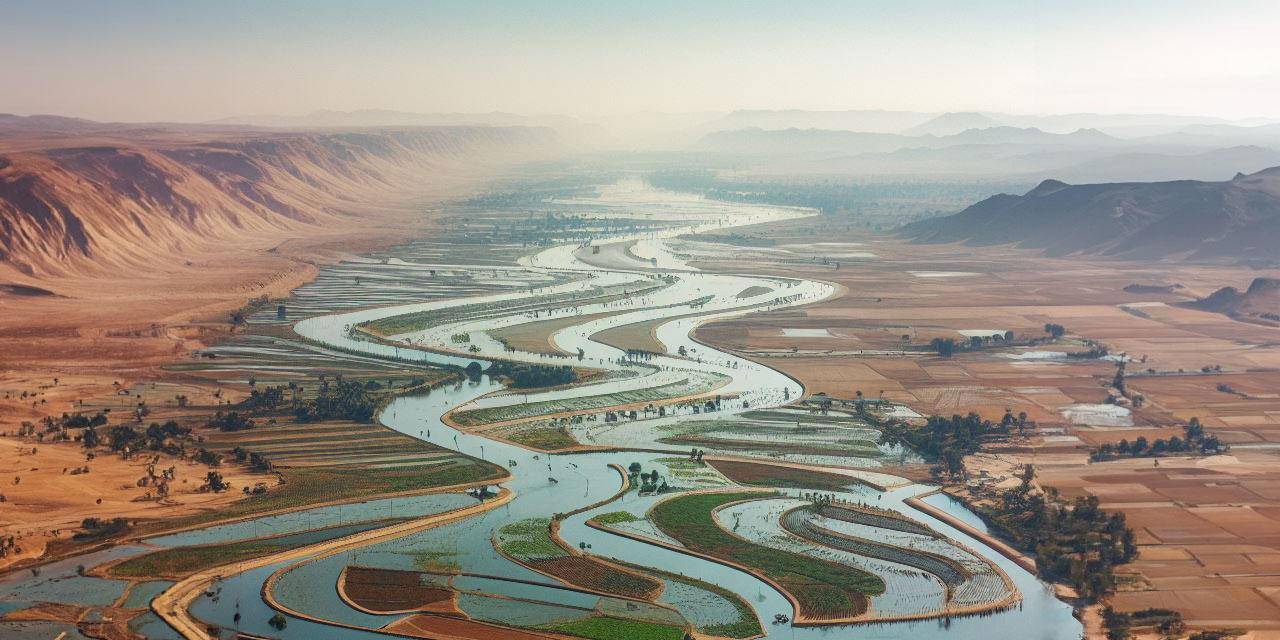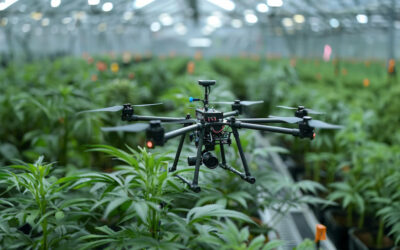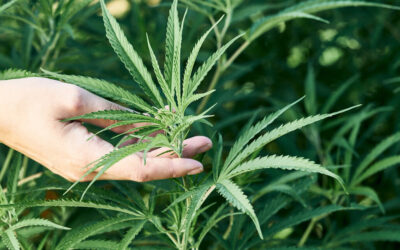
Ancient Cannabis Cultivation
Insights into Early Agricultural Practices Across Civilisations
In the chronicles of human history, the cultivation of cannabis stands as a testament to our enduring relationship with plants and agriculture. From the fertile lands of Mesopotamia to the banks of the Nile in Egypt and the rice paddies of ancient China, early civilisations engaged in rudimentary farming techniques to cultivate cannabis alongside other crops. In this exploration, we delve into the agricultural practices of these ancient cultures and uncover their methods for growing and utilising cannabis.
Mesopotamia
Mesopotamia, often regarded as the cradle of civilisation, was home to some of the earliest known agricultural societies. In this region between the Tigris and Euphrates rivers, the Sumerians, Akkadians, and Babylonians cultivated a variety of crops, including barley, wheat, and dates. Among these crops was cannabis, valued for its fibres, seeds, and medicinal properties.
Early Mesopotamian farmers employed simple yet effective techniques for cultivating cannabis. They utilised flood irrigation to water their fields, harnessing the seasonal flooding of the rivers to nourish the soil and promote plant growth. Cannabis was likely grown alongside other staple crops, benefiting from the fertile alluvial soil of the region.
Land of the Pharaohs and Hemp
In ancient Egypt, cannabis held a prominent place in both religious and practical contexts. The ancient Egyptians cultivated cannabis primarily for its fibres, which were used to produce rope, textiles, and other goods. Additionally, cannabis seeds were consumed for their nutritional value, and the plant was employed in various medicinal preparations.
Egyptian farmers relied on the annual flooding of the Nile River to replenish the soil and sustain their crops. They practised a form of basin irrigation, wherein fields were flooded with water diverted from the river, allowing nutrients to be deposited and supporting crop growth. Cannabis was likely cultivated alongside crops such as flax, wheat, and barley, contributing to the agricultural diversity of ancient Egypt.
The Birthplace of Hemp Cultivation
In ancient China, cannabis, known as “ma” or “má,” played a vital role in everyday life, revered for its versatile fibres and nutritious seeds. Hemp cultivation in China dates back thousands of years, with archaeological evidence indicating the use of cannabis fibres for textiles as early as 4000 BCE.
Chinese farmers employed various agricultural techniques to cultivate cannabis and maximise yields. They practised crop rotation to maintain soil fertility and prevent pest infestations, alternating cannabis cultivation with other crops such as millet, rice, and soybeans. Additionally, the Chinese developed methods for retting and processing hemp fibres, allowing for the production of high-quality textiles and paper.
Honouring Ancient Agricultural Wisdom
The cultivation of cannabis by early civilisations such as the Mesopotamians, Egyptians, and Chinese exemplifies the ingenuity and resourcefulness of ancient farmers. Despite the limitations of rudimentary farming techniques, these cultures recognised the value of cannabis as a versatile crop with myriad uses.
From the floodplains of Mesopotamia to the fertile deltas of the Nile and the terraced fields of China, cannabis thrived alongside other agricultural staples, contributing to the sustenance and prosperity of ancient societies. The agricultural practices developed by these early civilisations laid the foundation for future generations of farmers and shaped the cultural, economic, and medicinal significance of cannabis throughout history.
As we reflect on the agricultural wisdom of our ancestors, let us honour their legacy by recognising the enduring importance of cannabis cultivation and the invaluable contributions of early civilisations to the cultivation of this remarkable plant.
In conclusion, the cultivation of cannabis by early civilisations exemplifies the ingenuity and resourcefulness of ancient farmers. Despite the limitations of rudimentary farming techniques, these cultures recognised the value of cannabis as a versatile crop with myriad uses. From the floodplains of Mesopotamia to the fertile deltas of the Nile and the terraced fields of China, cannabis thrived alongside other agricultural staples, contributing to the sustenance and prosperity of ancient societies. The agricultural practices developed by these early civilisations laid the foundation for future generations of farmers and shaped the cultural, economic, and medicinal significance of cannabis throughout history.
As we reflect on the agricultural wisdom of our ancestors, let us honour their legacy by recognising the enduring importance of cannabis cultivation and the invaluable contributions of early civilisations to the cultivation of this remarkable plant.









































